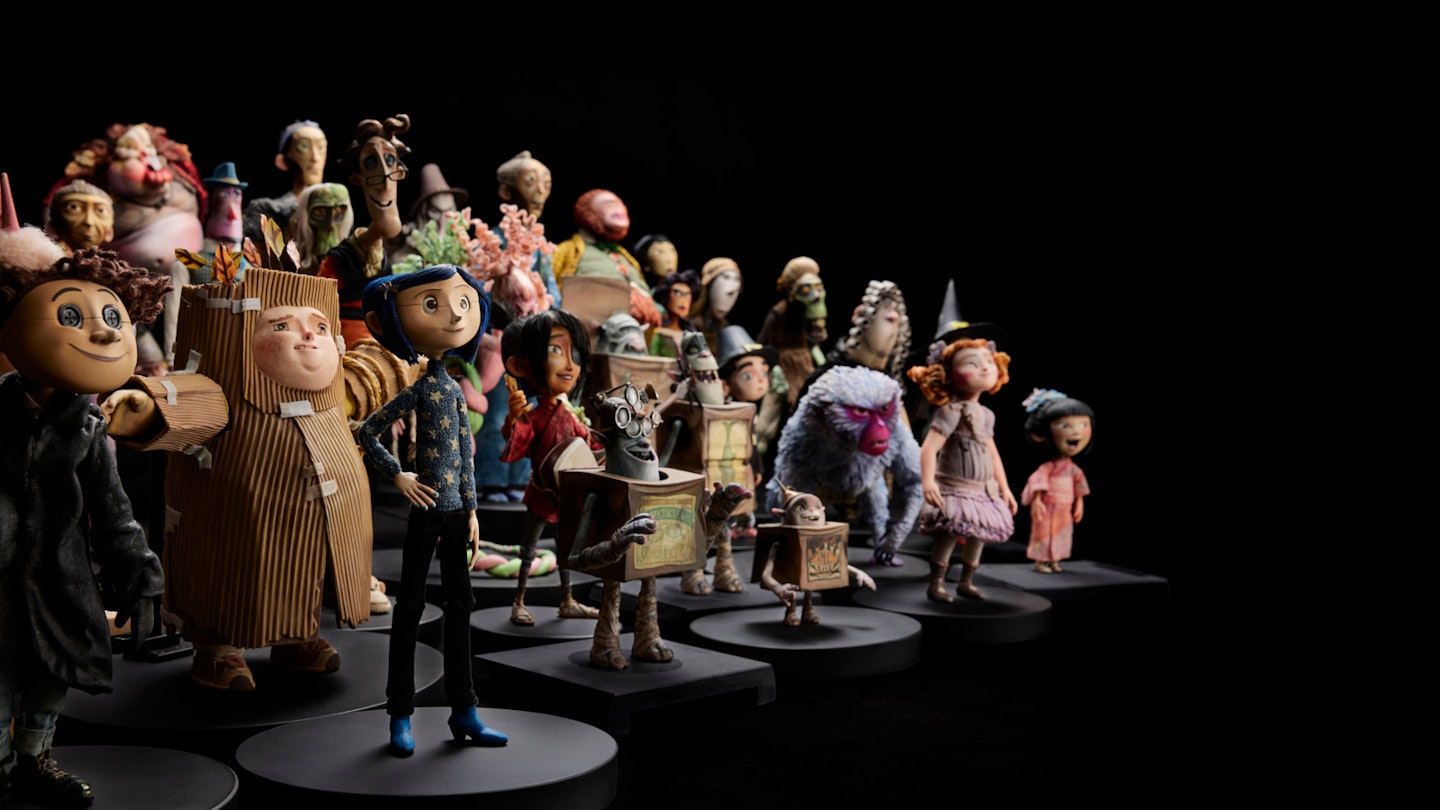For the past 15 years, Laika Studios has been beguiling audiences around the world with their works of stop-motion animation. From deliciously dark fantasy Coraline to zombie comedy ParaNorman, dairy-infused delight The Boxtrolls, soulful samurai epic Kubo And The Two Strings, and, most recently, sasquatchian swashbuckler Missing Link, every one of the Portland-based outfit’s animated features to date has been an Oscar nomineed. Now, with LAIKA: Frame x Frame — a free exhibition being presented alongside the BFI’s Stop Motion: Celebrating Hand-Crafted Animation on the Big Screen season this summer — the studio is preparing to showcase the art and science behind their beloved films like never before.
Ahead of the exhibition’s launch at the BFI Southbank on 12 August, we took the opportunity to sit down with Laika productions’ Dan Pascall and Chief Archivist Alina Campbell over Zoom and pick their brains about the art and craftsmanship that goes in to a Laika movie, one film at a time. If you’ve ever wondered what the perfect material for making great zombies is, how on Earth an origami puppet is made (hint: it ain’t with paper!), or which of the studio’s works really saw the prop-making department go properly wild, then you’ve come to the right place. And, along the way, we’ve got some very cool shots to share of a fistful of the fascinating props and puppets on display at Frame x Frame. As a wise, one-eyed, shamisen-playing boy once said, “If you must blink, do it now!”
Coraline
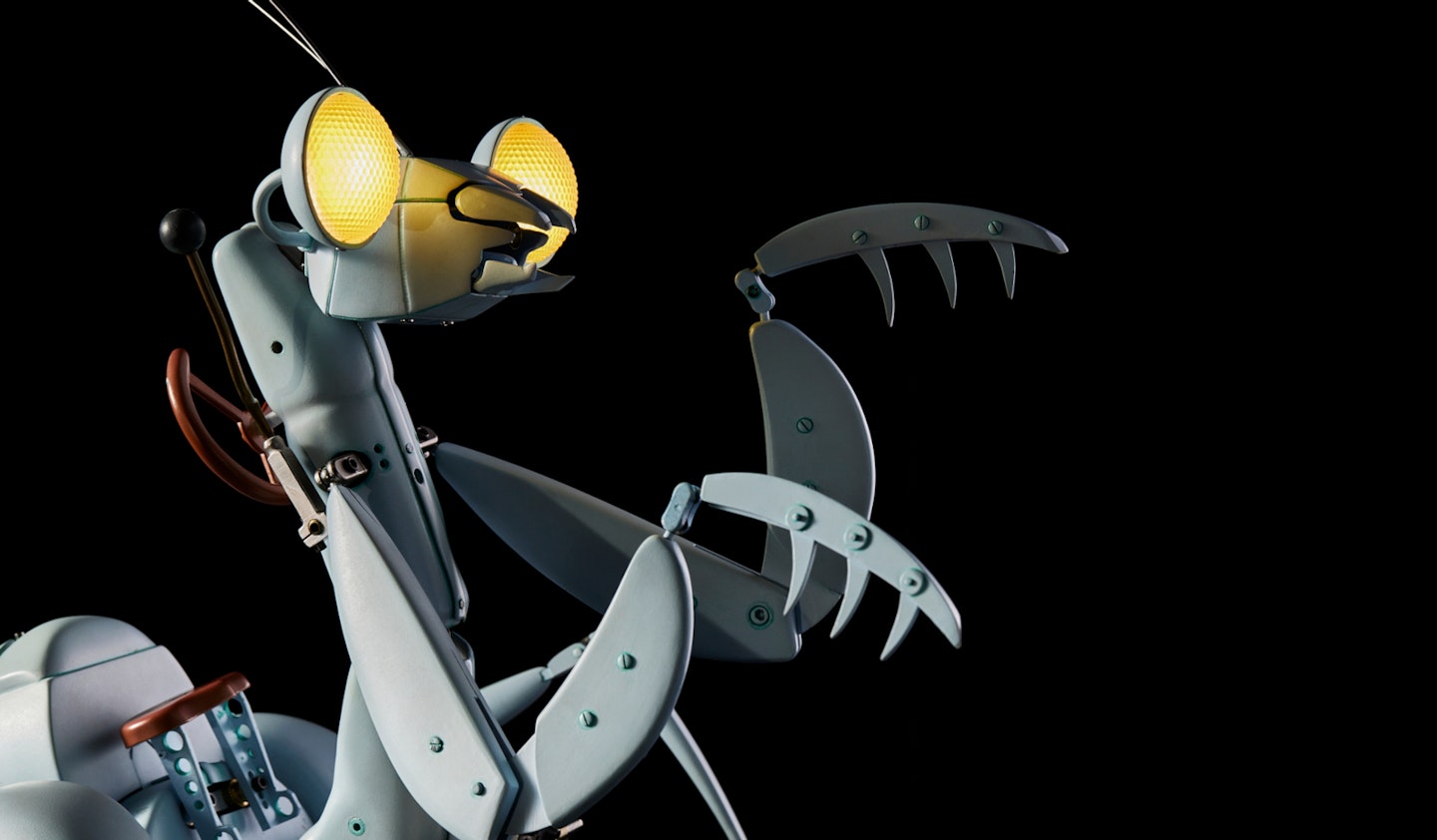
It’s hard to believe that Laika’s first movie, Henry Selick’s otherworldly adaptation of Neil Gaiman’s classic buttons-for-eyes book Coraline, turns 15 this year. In fact, at the time it was being made, many would’ve found it hard to believe the film would release at all. An off-kilter coming-of-age yarn spun about a world of mantis tractors, taffy monsters, and bug-based furniture, Selick’s film — released in the same year Disney kissed traditional, hand-drawn animation goodbye with The Princess & The Frog — brought a stop-motion sword to a computer-animated gunfight. And yet, thanks to its resonant grass-isn’t-always-greener story and striking design work, aided by Laika’s pioneering embrace of cutting edge 3D printing tech to harness the power of their medium’s would-be usurper, the film took over $100 million at the box office and has become a family film night staple.
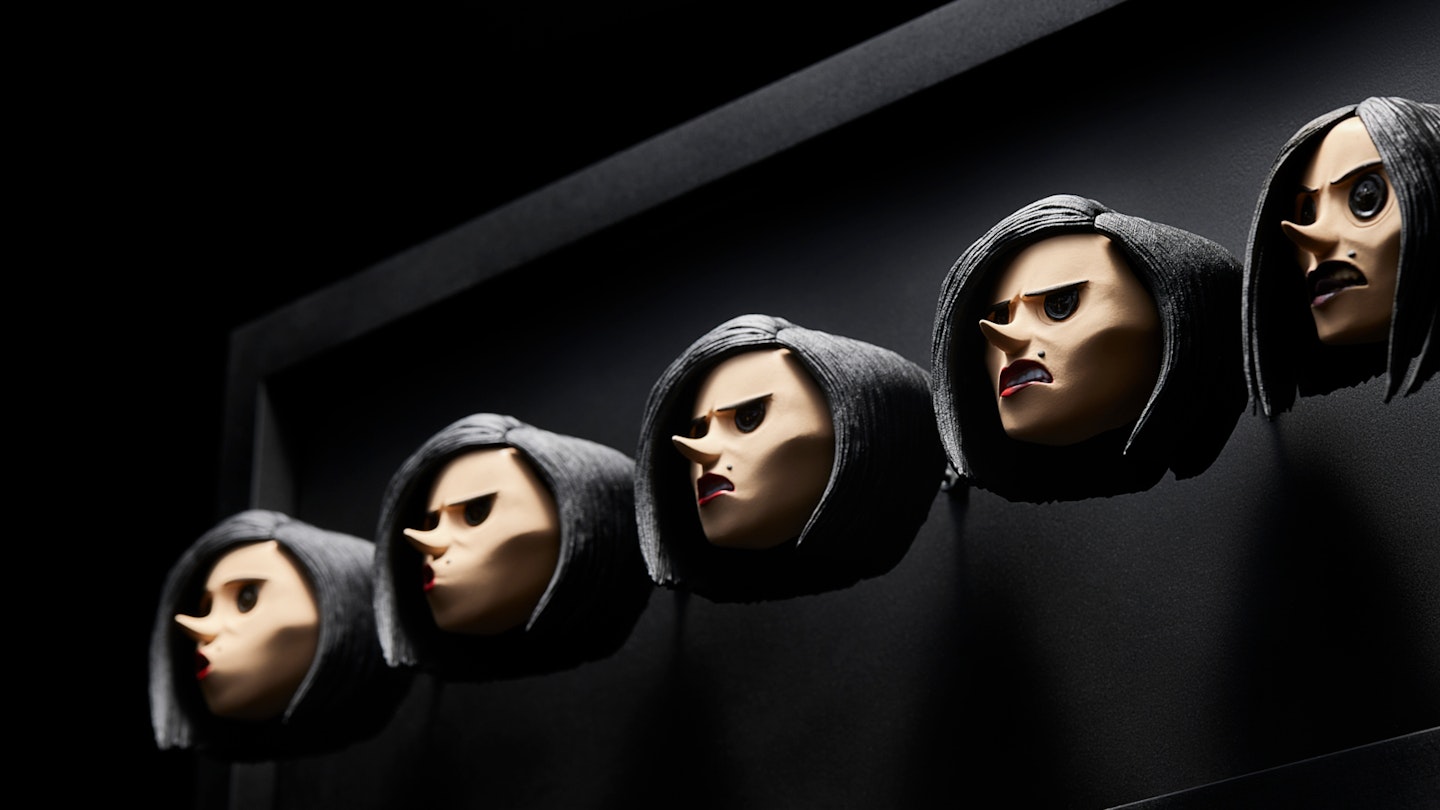
Of Coraline’s many iconic characters, the creepy Other Mother is a standout for both Pascall and Campbell. “I’ve always loved this design,” enthuses Pascall, who’s been at Laika since 2007. “I love the fact that we get a character that evolves from this archetypical perfect mum, into this kind of scary, arachnid-based creature that's going to take your eyes; she's everyone's worst nightmare!” For former Star Wars costume archivist Campbell, the Other Mother’s costuming perfectly augments the character’s ever-evolving monstrosity. “I love her bustles and how they morph from the normal costume into the monstrous Beldam,” she says. “But also how her clothes change as her shoulders and everything morph and she gets really spindly. These little details just amaze me.”
ParaNorman
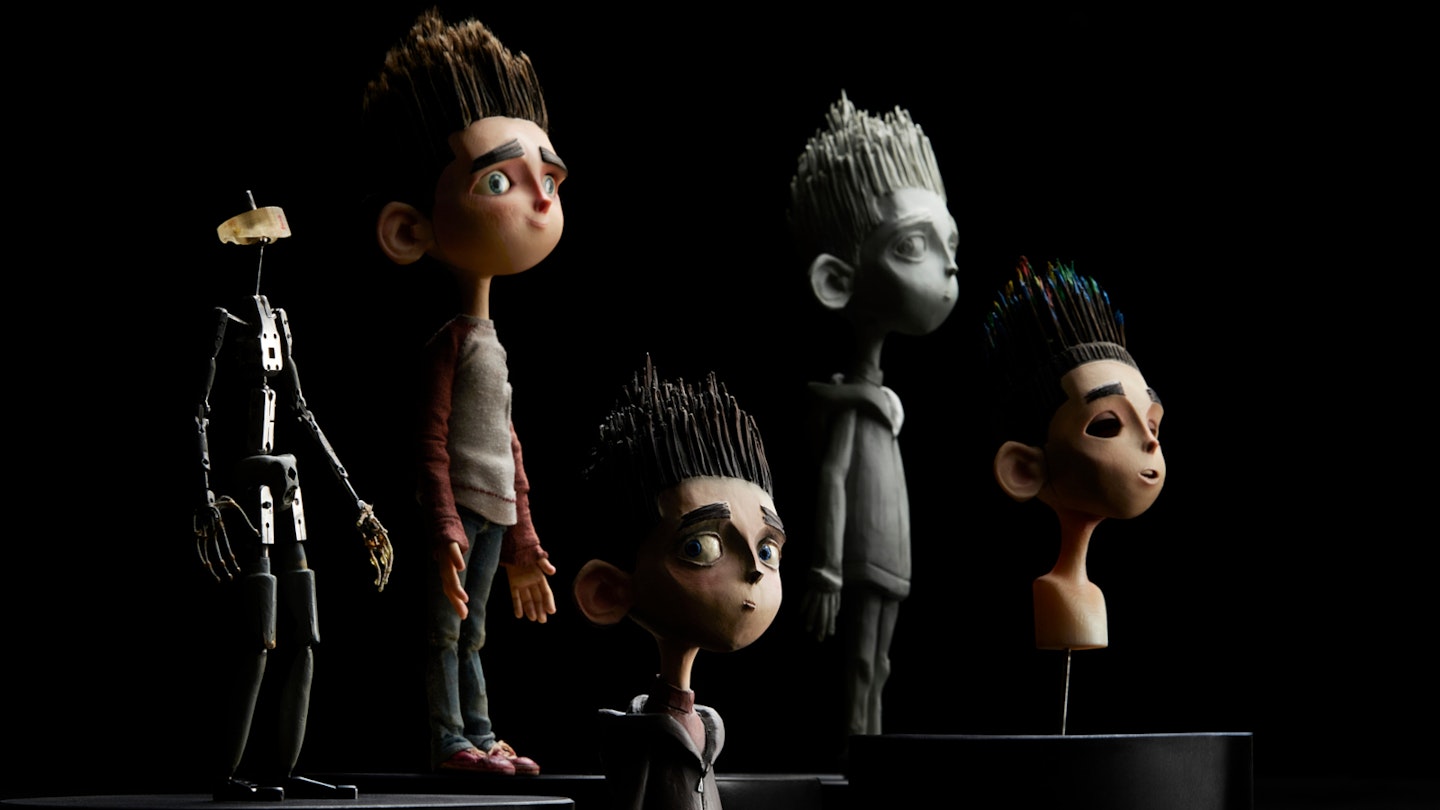
Laika continued to push their practical-meets-digital stop-motion model (pardon the pun) further with their sophomore feature, 2012’s Chris Butler and Sam Fell directed, Romero-homaging zom-com ParaNorman. Whilst, as Pascall explains, traditionally crafted silicone faces worked perfectly for the movie’s zombies — the material’s proneness to degrading over time a natural fit for the “saggy, decaying, falling apart” features of the undead hordes — this production in particular represented a real evolution in the studio’s puppet-making process elsewhere.
Having dipped their toes in rapid prototyping waters on Coraline, 3D printing key characters’ faces before painting them each individually by hand, with ParaNorman, Laika became the first studio to get their hands on colour 3D printers. Now admittedly, “colour 3D printers” isn’t a three-word combo that immediately makes the eyes light up, but as Pascall tells us, this new tech was a game changer for Laika — and for stop-motion animation. “This was a huge, huge step forward for us,” says Pascall. “On Coraline, we had to track and paint every single one of her freckles as she talked, but now we found we had so much more freedom in terms of what we could do with our characters.” To put the technological jump into perspective, Coraline’s heroine was capable of 200,000 unique facial expressions; ParaNorman’s titular spiky-haired teen has an eye-watering range of over 1.5 million. Maybe colour 3D printers are, as Pascall describes them, “pretty cool” after all, then.
The Boxtrolls
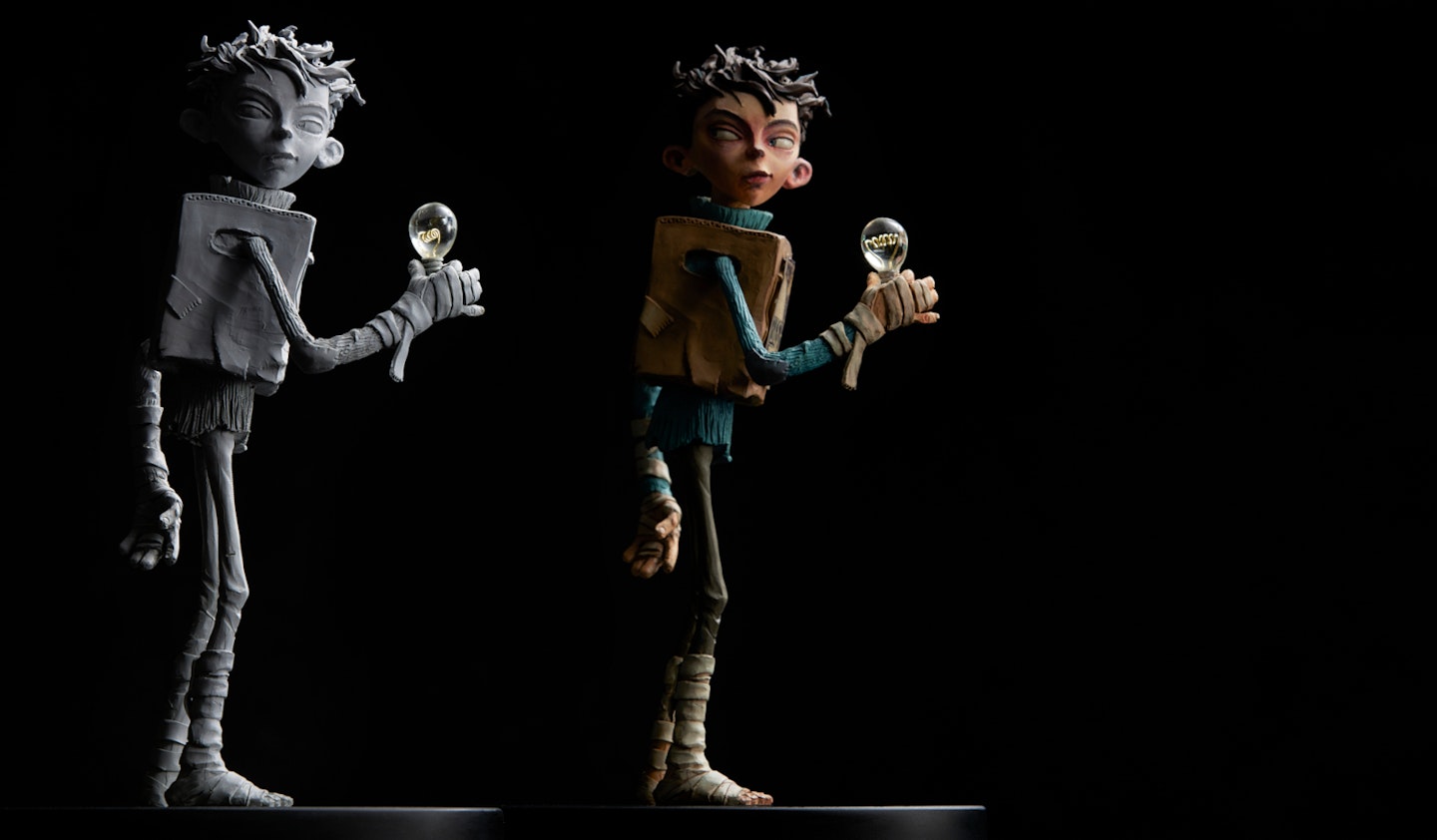
Laika’s quite literally cheesy 2013 offering The Boxtrolls, an unapologetically weird yet undeniably winsome take on Alan Snow’s Here Be Monsters! from directorial duo Graham Annable and Anthony Stacchi, is most often talked about for the way it doubled down on Laika’s digital-meets-practical approach. But despite the fact there are no less than 81 CG boxtrolls and 96 CG humans in the film, it’s still stuffed to the gills with handmade trinkets, treasures, and creative new pieces of puppetwork only made possible by the DIY derring-do of stop-motion animators.
“When you think about the Boxtrolls in their cavern, they're just surrounded by piles of things they've liberated from the world above,” Pascall explains, referencing a range of pieces from fully operational miniature penny farthings to the Boxtrolls’ complex transportational pneumatic tube systems featured in the film. “So this was a really great movie for us to work on,” he continues, “because the model shop and the art departments and the prop builders got to go crazy on this show and really just have a lot of fun.”
As for the Boxtrolls themselves, they too gave Laika’s animators a chance to let their imaginations run wild. “They were a completely different build for us,” recalls Pascall, “not an archetypical puppet build by any stretch. Essentially, you’ve got these square, physical boxes with some armature legs sticking out, and then you’ve got all this wiring sticking out too because their eyes light up — which is all practically done with tiny magnets and mini-circuits. So yeah, definitely not our regular armature covered in costume or silicone.” It’s certainly a novel approach to puppet creation, but as Pascall tells us, it neatly sums up the experience of making the movie. “Everything about The Boxtrolls was just so different to anything that we'd ever done before.”
Kubo And The Two Strings
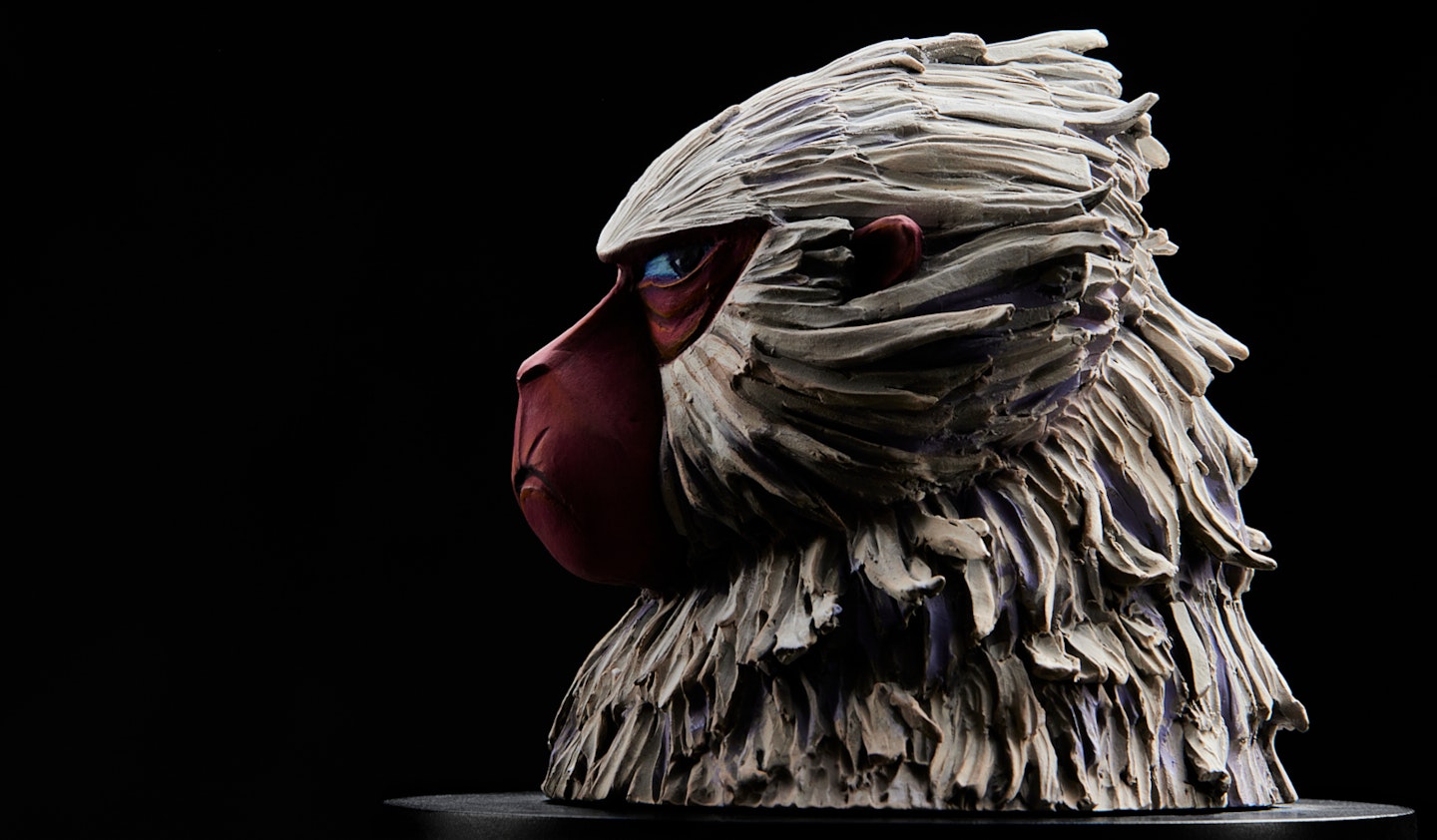
Inspired by Japanese culture, Jason And The Argonauts, and director Travis Knight’s relationship with his own mother, Laika’s BAFTA-winning fourth feature Kubo And The Two Strings — a stirring meditation on love, loss, and the power of memories and storytelling — is a true epic in every sense of the word. It will probably come as no surprise then to learn that it remains one of the studio’s most difficult — not to mention wildly ambitious — productions to date.
Having served as the production manager on Laika’s 2016 samurai epic, Pascall remembers all too well the enormous undertaking that was Kubo. “It was a big shift for us,” he recalls. “Every one of our films stands on the shoulders of its predecessors, and so we're building our toolkit as we go. And it’s only through having that muscle memory from department to department that we’ve been able to get bigger and bolder movie to movie. But I remember reading Kubo’s script and it just opens on a giant tsunami. Then there's a fully fur character, and fur in animation’s a doozy. And there’s long flowing costumes, and hair, and giant monsters — times three! — all these things that you would usually veer away from; but we just hit it head on. We didn’t know how we were going to do it, but we pushed on and made it work.”
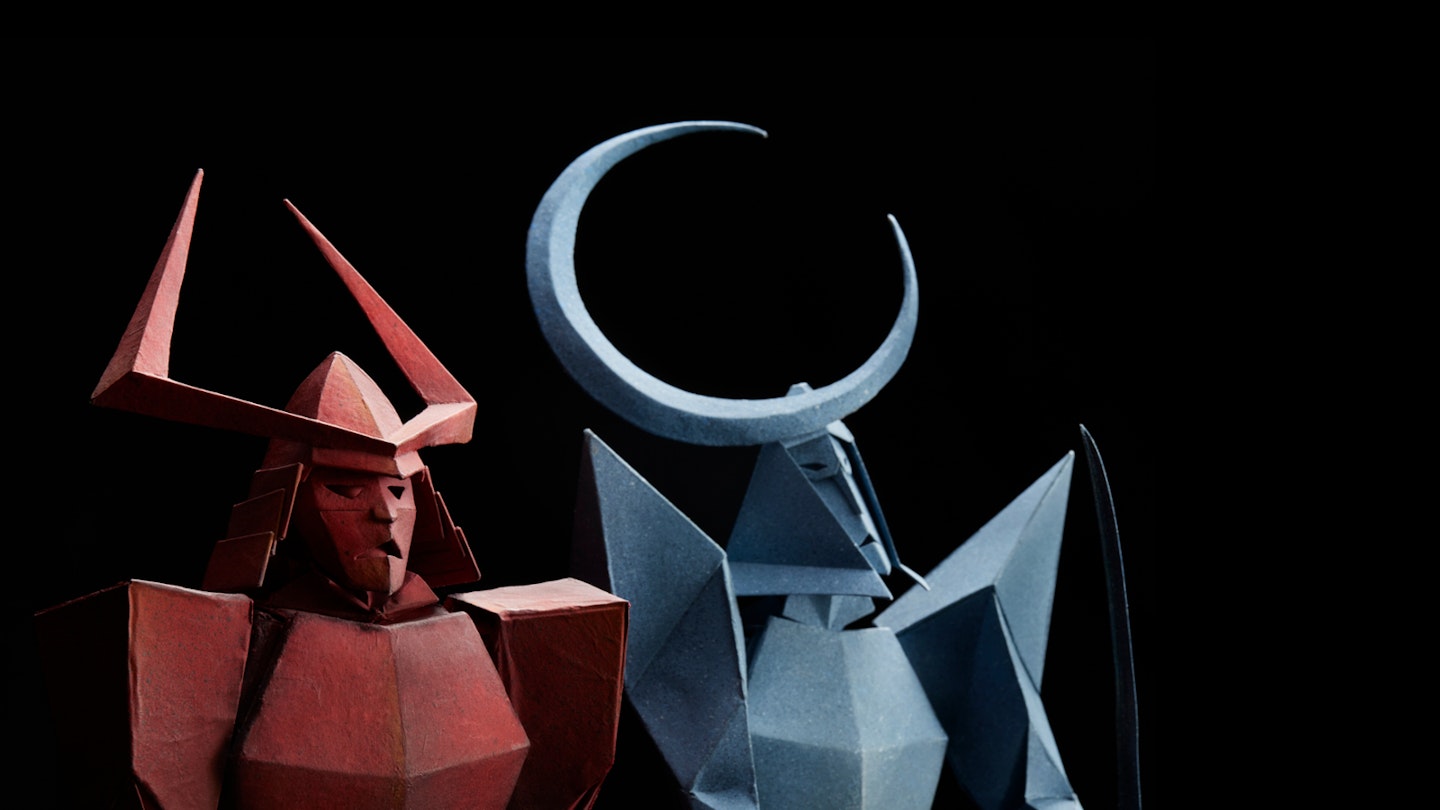
Of the multifarious challenges Laika faced making Kubo, crafting ‘The Legend of Hanzo’ — the breathtaking origami sequence at the heart of the film’s opening storytime scene — represented a unique problem to solve. Largely because the team found themselves having to figure out how to make origami puppets without paper, which, as Pascall astutely points out, “falls apart very quickly”. The solution, as it turned out, was a little thing called Tyvek. More traditionally used as a water barrier for mid-build construction jobs over in America, the material’s “really robust, paper-like quality” proved to be just what the studio were looking for.
So Tyvek in, job done, right? Not quite. “So it turned out you can't actually paint Tyvek; you can't add colour to it,” explains Pascall, “which then meant we had to work out how to paint it, how to dye it.” The experience, which wound up enabling Laika to create some of their most delicate puppets yet — including the 1.5 inch wonder that is the origami scene’s legendary swordsman Hanzo — carried its own lessons for Pascall. “It was a real reminder that when it comes to what we do, anything that looks like it's going to be easy will always turn out to be far from it. But the result is we came out of Kubo with a whole new box of tricks!”
Missing Link
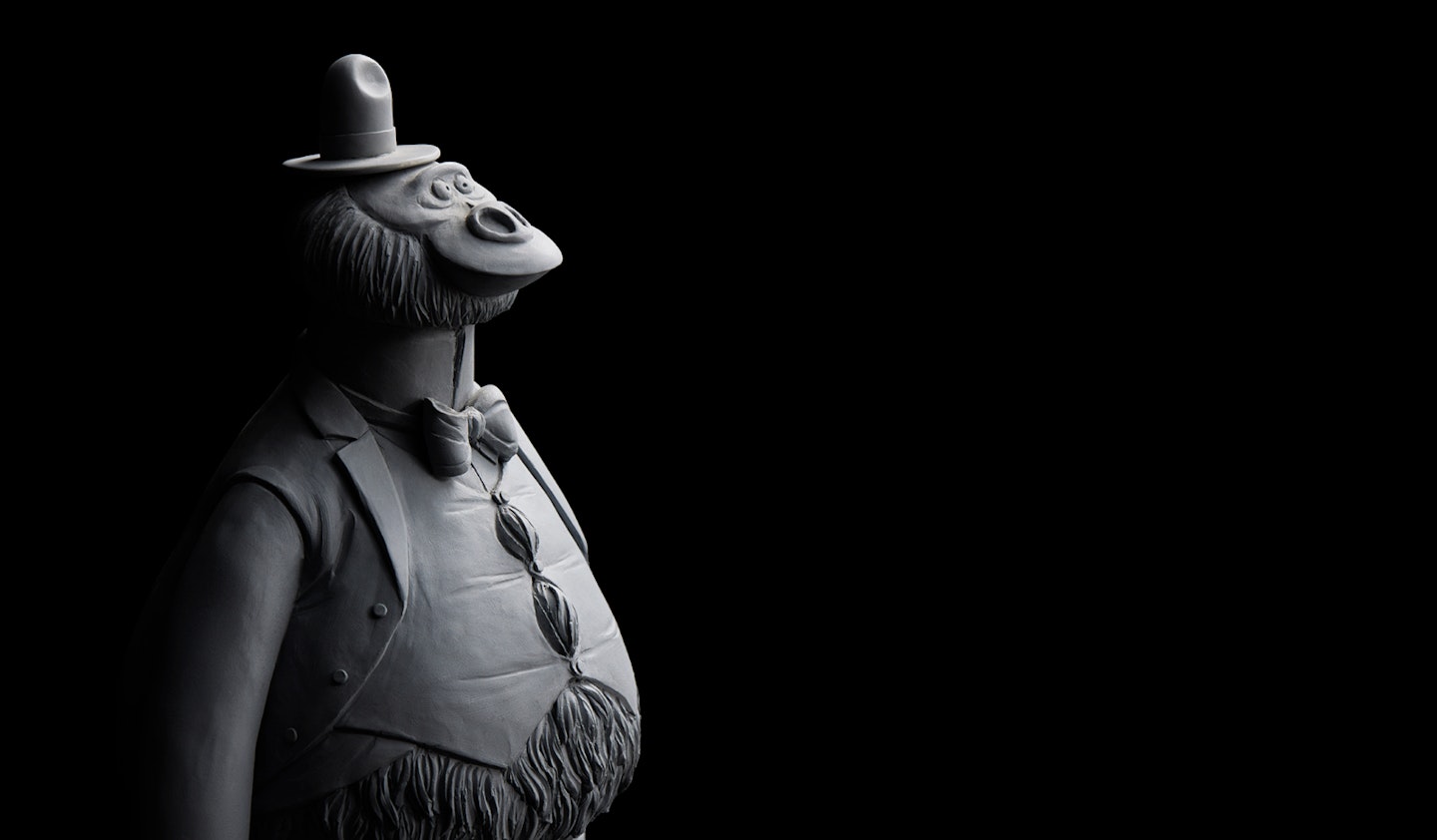
Laika’s most recently released film, 2019’s Golden Globe-winning Missing Link, is a charming Bigfoot caper made in the mould of globetrotting family-friendly adventures like Around The World In 80 Days. It’s also, pending the release of Travis Knight’s fantasy epic Wildwood next year, the most expensive stop-motion movie ever made, having cost a hefty $100 million to create. And with its all-star voice cast (Hugh Jackman! Zoe Saldana! Zach Galifianakis!), 110 sets, 65 unique locations, and frankly mind-boggling array of puppets and props, it would be fair to say you can see where that money went when you watch the film.
For Pascall, who draws specific attention to the “absolutely beautiful” train carriage set that Susan Link and Sir Lionel Frost share in the film, looking back on the making of Missing Link — a 92 minute feature with an animation quota of “around four seconds a week” — represents a golden opportunity to nerd out about his team’s innovative approach to working with large-scale sets. “For that great, long train set we actually built these sliding walls on a motor control rig to help the animators get in and out and interact with the set more easily,” reveals Pascall. “So every time the animator would hit the shoot button, the whole wall would slide in, the lights would change, it would take the frame, and then it would slide back out.” It’s a nifty bit of technical invention for sure, and one that speaks to the studio’s unending commitment to serving their stories as best they can. “It’s all about finding the tools we can give to animators to make their job easier and to allow them to concentrate on the performance,” shares Pascall, “ and that’s always the most important thing for us.”
At the other end of the size scale, getting stuck into Laika’s archives — and in particular its Missing Link wares — has given Chief Archivist Campbell a much greater appreciation of the subtleties of costuming in animation. From Mr. Link’s “teeny tiny” 3D buttons, to the intricate wiring on Adelina’s skirt that lets it billow and swish on command, to the minute details of the patterning on our sasquatch hero’s plaid suit, Campbell has been blown away by what she’s seen. “In this modern world of AI, it's just wonderful seeing the actual handiwork of humans in these costumes and props and puppets,” reflects Campbell. Quite — and long may it continue.
LAIKA: Frame x Frame is open at the BFI Southbank from Monday 12 August, 2024 and will run until Tuesday 1 October, 2024 (excluding Tuesday 20 August). Tickets are available now from the BFI website. Laika’s next movie, Wildwood, is slated for release in 2025.
